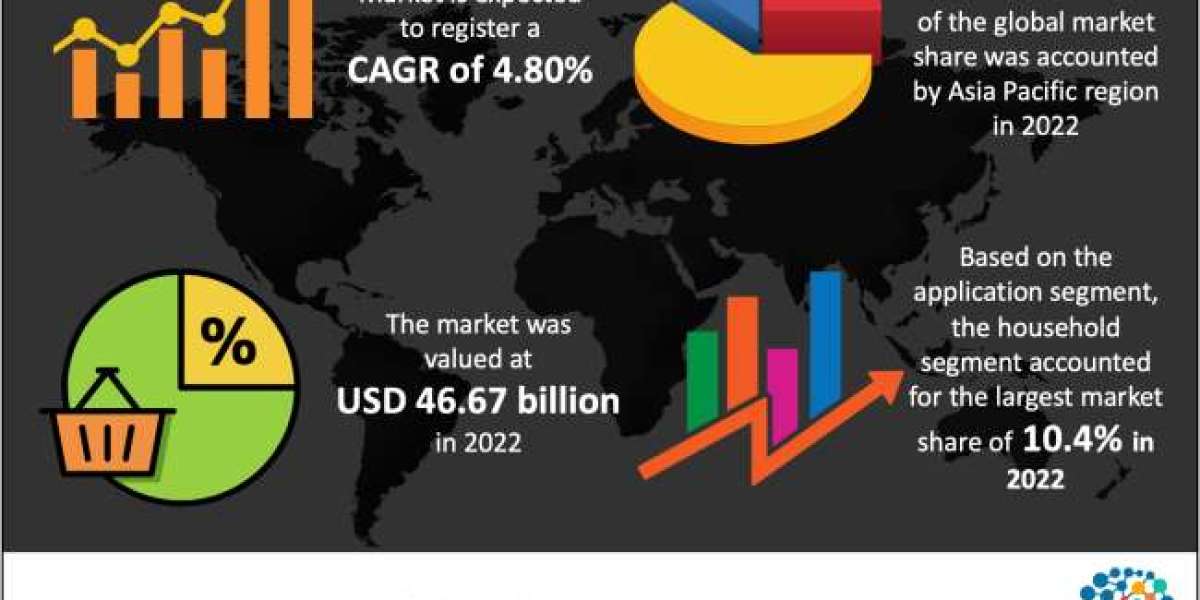Accurately estimating patient responsibility is becoming increasingly important. Advanced healthcare solutions, primarily driven by sophisticated software systems, are central to this transformation. They are reshaping how healthcare providers and patients navigate the complexities of financial obligations. This detailed exploration discusses the role of healthcare software in revolutionizing patient responsibility estimation, aiming for accuracy, transparency, and enhanced user experience.
The Rise of Digital Healthcare in Patient Responsibility Estimation
Digital healthcare technologies have ushered in a new era in patient responsibility estimation. This evolution marks a significant departure from the days of uncertain cost estimates and complex billing processes. Modern digital healthcare solutions offer clarity and precision, impacting both providers and patients positively.
Why Accurate Patient Responsibility Estimation Matters
Accurate estimation of patient responsibility holds immense significance:
- Financial Transparency: It ensures patients have a clear understanding of their financial commitments, reducing unexpected costs.
- Enhanced Patient Trust: Transparency in financial matters builds a stronger trust bond between patients and healthcare providers.
- Operational Efficiency: Accurate estimations streamline billing and improve revenue management for healthcare providers, enhancing overall operational efficiency.
How Healthcare Software Facilitates Patient Responsibility Estimation
Modern healthcare software solutions are equipped with various tools and features:
- Real-time Insurance Data Integration: They connect seamlessly with insurance databases, providing instant access to coverage details and copayment information.
- Advanced Cost Calculation Algorithms: Sophisticated algorithms take into account numerous variables, including treatment specifics and historical billing data, to calculate patient costs accurately.
- User-friendly Billing Interfaces: These interfaces demystify the billing process, offering patients clear and understandable breakdowns of their financial responsibilities.
Challenges in Estimating Patient Responsibility
Several challenges persist despite technological advancements:
- Complex Insurance Policies: Deciphering intricate insurance policies remains a challenge for both patients and healthcare staff.
- Variability in Healthcare Costs: The fluctuating costs of medical procedures and treatments add complexity to the estimation process.
- Maintaining Current Data: Ensuring the software is consistently updated with the latest insurance and healthcare cost information is crucial for maintaining accuracy.
Digital Healthcare Solutions: Bridging the Gap
Digital healthcare solutions are instrumental in overcoming these challenges:
- Regular Software Updates and Compliance: These solutions are regularly updated to reflect the latest in healthcare regulations and insurance policy changes.
- Customization for Specific Needs: Software solutions are tailored to meet the unique requirements of various healthcare practices, enhancing their utility and effectiveness.
- Enhanced Patient Engagement: Tools like patient portals and mobile applications improve engagement, giving patients easy access to their financial information and payment options.
The Role of AI and Machine Learning in Estimating Patient Responsibility
AI and machine learning are revolutionizing patient responsibility estimation:
- Predictive Analytics for Accurate Forecasts: By analyzing extensive datasets, AI-driven analytics can predict patient costs with greater accuracy.
- Efficient Automated Data Processing: Machine learning algorithms streamline the processing of vast amounts of insurance and patient data, enhancing efficiency and accuracy.
- Personalization of Patient Experience: AI technologies offer tailored financial information and payment solutions, catering to individual patient needs and preferences.
Best Practices for Implementing Healthcare Software Solutions
Effective implementation of healthcare software for patient responsibility estimation involves:
- Engaging All Stakeholders: It's crucial to involve healthcare providers, administrative staff, and patients in the implementation process for better outcomes.
- Focused Training and Support: Providing thorough training and ongoing support is essential for staff to effectively utilize the new systems.
- Iterative Feedback and Improvement: Regularly gathering and acting on user feedback helps in continuously refining the software for optimal performance.
The Future of Patient Responsibility Estimation in Digital Healthcare
The future of this field is characterized by continuous innovation:
- Enhanced System Integration and Interoperability: Future developments are expected to focus on improved integration with various healthcare systems, facilitating seamless data exchange.
- Ongoing AI and Machine Learning Advancements: As AI and machine learning technologies evolve, they will offer even more sophisticated tools for patient cost estimation.
- Increasing Focus on Patient-Centric Solutions: The trend towards patient-centric approaches will continue, with an emphasis on making the financial aspects of healthcare more comprehensible and accessible to patients.
Conclusion
Healthcare software is fundamentally changing how patient responsibility is estimated in the digital healthcare sector. By delivering accurate, transparent, and user-friendly solutions, it empowers healthcare providers and patients to manage financial aspects more effectively. As technology continues to evolve, these solutions will become increasingly integral to healthcare delivery, improving efficiency and enhancing the quality of patient care.







